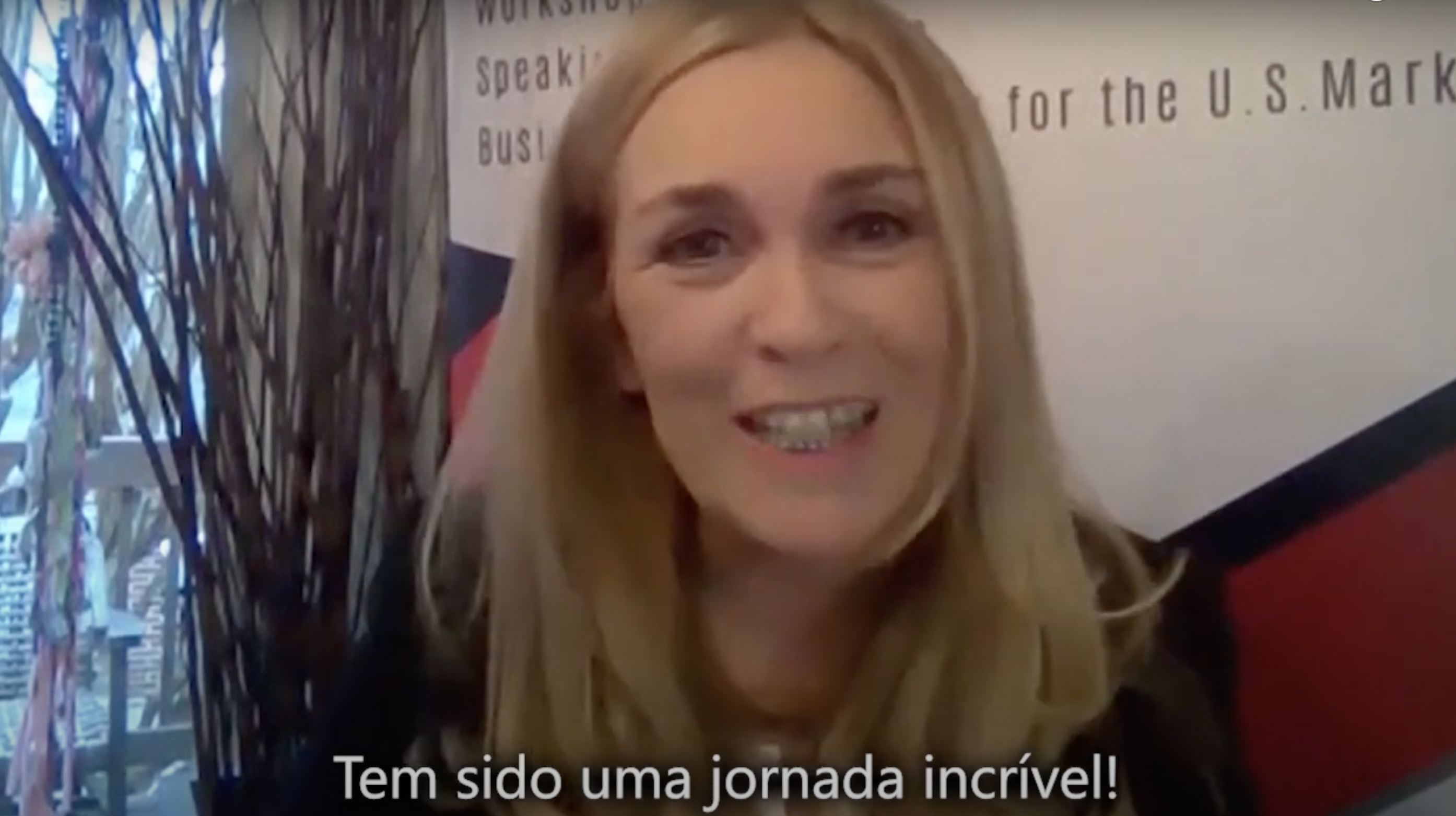Agility is the ability of an organization to renew itself, adapt, change quickly, and succeed in a rapidly changing, ambiguous, turbulent environment.
McKinsey & CO, Managing Consulting Company
I spent the last few months speaking with leaders, managers, and Change Officers from different countries to learn more about how they have been adapting their products, services, teams, and operations to the market shifts that are happening around the world.
From opening new lines of business in order to reach new customers, to funding the business and expanding to new locations for scale, to implementing a new ERP (Enterprise Resource Planning) system to integrate and simplify day-to-day operations to increase delivery speed, or even redefining the company’s culture and identity to reduce levels of stress, and embrace remote work… I heard the challenges of leaders and managers trying to get their business up to speed to navigate important opportunities in this new and demanding world.
All those conversations had one particular thing in common – they were all approaching the problem from an individual angle. As a leader or manager, what do you do when you need to address complex problems? You ask each person or department to share their ideas, opinions, data, numbers… and then you try to reach a unanimous consensus to decide. Meaning: you approach the problem from an individual angle.

This is why certain organizational problems never seem to disappear, no matter how much money is invested in training, re-designing, in agile processing or re-engineering. ‘
If you look closely, every organization is a system – groups of people connected to one another, and constantly creating dynamics – these dynamics are most of the time unconscious. They are working under the surface and are influenced by each person’s life experience, beliefs, culture, religion, affecting their perception of the world, and therefore their behavior towards each other. So, when we overlook these unconscious dynamics, we are missing an important piece of information, the hidden architecture, and relationship’s systems, therefore setting the process of Change to potential failure
Our Systemic Approach based on the work of Bert Hellinger, is a powerful methodology of diagnostic and problem resolution. It accesses the dynamics in the organization and reveals the hidden mechanisms that often work unconsciously, and that most of the time, paralyze people.
Bert Hellinger (deceased in 2019) was a German philosopher, theologian, educator, a trainer for group dynamics and psychoanalyst, and the founder of Family Constellation. His work is already being considered, all over the world, as one of the most innovative and effective methodologies for solving complex issues and defining strategy.
Bert’s Family Constellation was taken to the business world, and its success in companies like a Daimler-Chrysler, IBM or BMW has contributed to the interest in this methodology all over the world. This is a methodology that works in a totally different level, allowing to see, with very few words, what really needs attention in the system. What needs to be included, or what needs to be said by whom to whom. So, when leaders or teams feel that things are not evolving, they will find insights that they can then apply to their real life situation.
If you are having challenges in your organization or team, and you’re feeling that there is too much resistance or even that everyone is feeling stuck in a specific pattern, I encourage you to explore this methodology.
You will look to your organization’s challenges from a totally different perspective, receiving fresh insights to real solutions.




